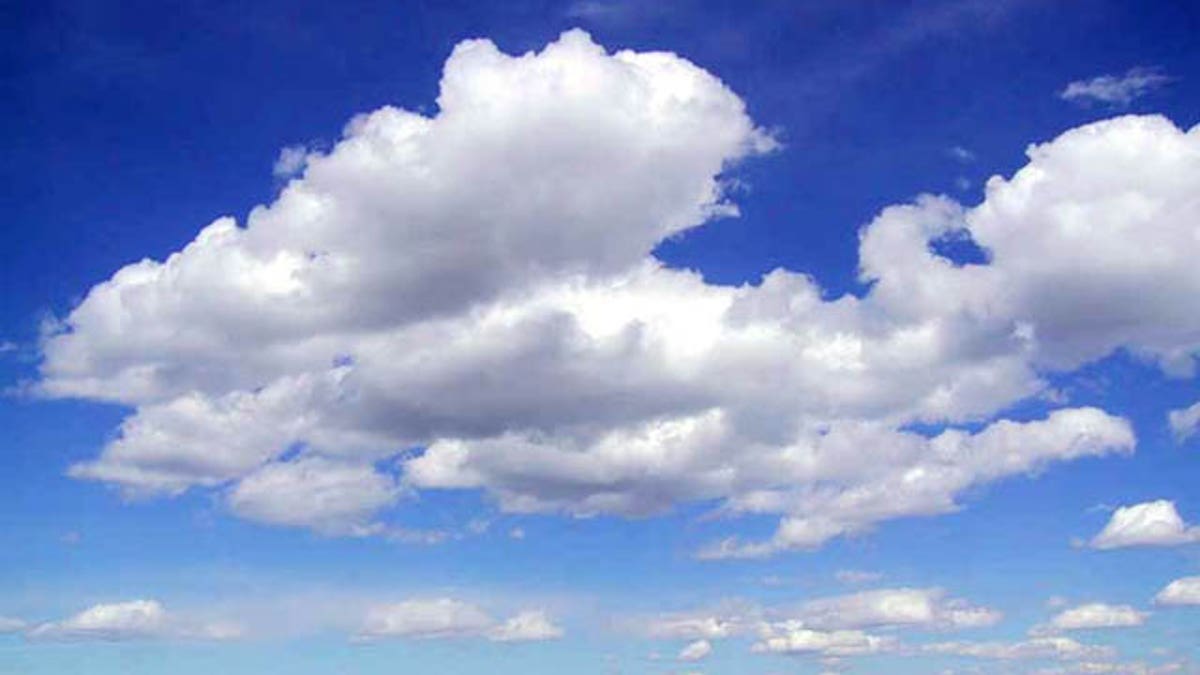
Cumulus clouds swell in a blue sky. What might they be saying to each other? (Wikimedia)
Little, fluffy and talkative? Clouds can communicate, a new paper suggests -- but what are they talking about?
A new study has found that clouds "communicate" with each other, much like chirping crickets or flashing fireflies on a summer night. The surprising findings, published online in the journal Nature, may have significant implications for our understanding of the Earth's climate.
So the next time you find yourself laying on your back picking out shapes among the clouds, mull on this one: Are they talking among themselves about you?
"Cloud fields organize in such a way that their components 'communicate' with one another and produce regular, periodic rainfall events," explained Graham Feingold, a research scientist with the National Oceanic and Atmospheric Agency (NOAA) and the paper's lead author.
In other words, Feingold found clear evidence of self-organization in the regular patterns of rainfall and repeating growth of those floating puffs of cotton.
How does such synchronization come about? Falling rain cools the air as it descends. This creates downward air currents. These downdrafts hit the surface of the planet, flow outward, and collide with each other, forming updrafts. The air flowing up creates new clouds in previously open sky as older clouds dissipate. Then the new clouds rain, and the oscillating pattern repeats itself.
"In a sense what's going on is that the clouds are communicating with each other by driving down to the ground. If you have a number of clouds doing exactly that, air is forced to go sideways from one cloud and meets the air from another," Feingold told FoxNews.com.
Voila! cloud speech!
Earlier theories about cloud structure explained that temperature change was at the heart of cloud generation, that warming and cooling shifts were the key forces. Precipitation as a driving factor is something of a radical shift.
But talking clouds? That's even more radical.
Feingold is nevertheless quite serious, citing a lengthy history of research into cloud communication.
"If you go back far enough, the basic physics behind this phenomenon was recorded in the early 1900s by a French scientist," he explained.
He was looking at the sun though a telescope and noticed convection patterns. Lord Rayleigh later put it into a theoretical framework, explaining the hexagonal patterns observed in the lab, Feingold told FoxNews.com.
"1933 is the earliest report of patterns in the clouds," by a scientist known as Graham, he said. But Feingold thinks the idea of cloud communication might date back far further.
"I wouldn’t be surprised if the ancients were looking up at the clouds and seeing patterns early on," he told FoxNews.com.
